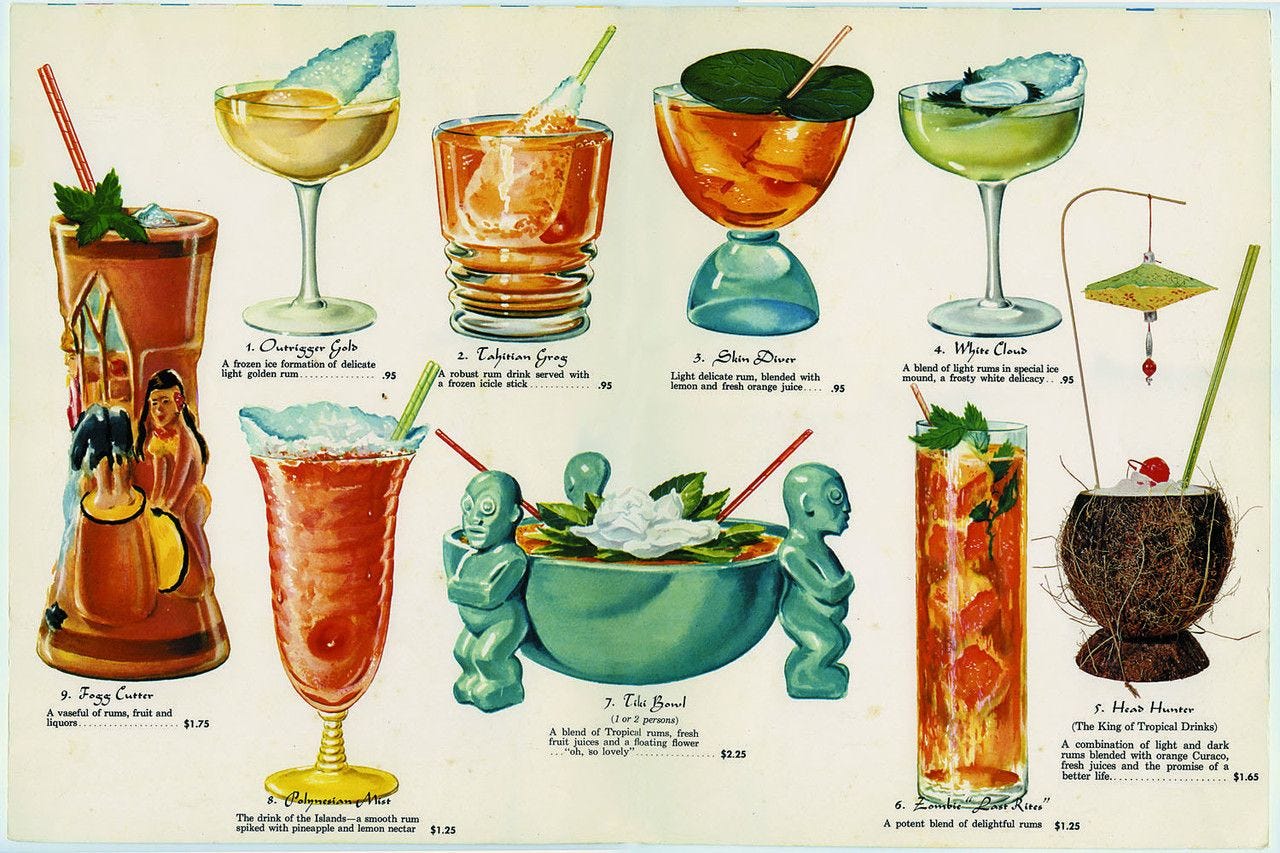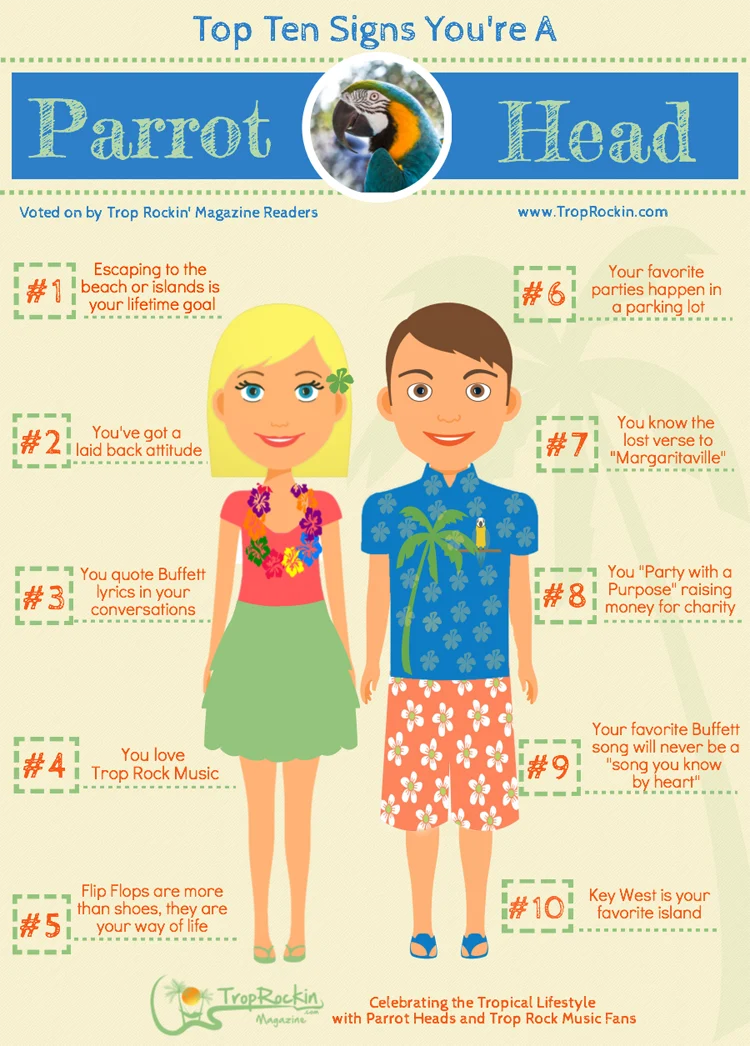Before we get started, I need to shout out the incredibly diligent work of Marissa Gordon. She has been editing the newsletter behind the scenes for the past couple months and has done an incredible job. I just have to assume that all of the readers who have joined us recently (and its a lot!) are here because of the improved quality of the prose. (She did not edit this header, so any errors are my own.)
There are some places that are so iconic, there is nothing that Considered could add to the discourse. The Parthenon, the Taj Mahal, the Olive Garden in Times Square... I was excited to learn recently that the Olive Garden now has some competition as the best place to watch the New Years Eve ball drop with the addition of the Margaritaville Hotel Resort New York City. Not only does it have a License to Chill Bar AND a 5 O’Clock Somewhere Bar, the resort operators were forced to retain the Garment Centre Congregation Temple and their $1/year lease. Is there a better Bris or Bar Mitzvah venue in the entire world? You don’t need to worry about sundown and the Jewish Sabbath when it's 5 O’Clock Somewhere.
While the Jimmy Buffett Parrothead/Margaritaville empire is a fascinating culture in and of itself, it triggers in me a sense that this is Tiki appropriation. Tiki culture, or appropriation of the Polynesian aesthetic, predates its mid-century heyday.
Design
Tiki is the name of the first human in Māori mythology. A tiki (lowercase “t”) is any carving in wood or stone in a human form. The description of things as tiki is a bastardization of the term. The tiki craze as we know it today began when, in 1933, American Bootlegger Ernie Gantt opened a bar at the end of prohibition called Don the Beachcomber.
Ernie was such a well known liar (sorry “fabulist'') that it is almost impossible to find any information on those early days with any accuracy. What we know for sure is that the bar had a nautical South Pacific theme. Another restaurateur, Victor Bergeron, ate at Don the Beachcomber and loved it so much that he remodeled his restaurant and renamed it Trader Vic. He also started telling people that he lost his leg to a shark bite, when in reality it was lost to tuberculosis.
Cliftons in Downtown LA also got in on the tiki trend, and in 1939 changed its name to Clifton South Seas. They event installed a sherbert volcano!
By 1940, the foundational tiki bars were flourishing mere kilometres apart. With servicemen returning home after WWII having had their first hard experience of the South Pacific, tiki took off. The aesthetic and over-simplified version of South Pacific life that it portrayed showed up in movies and theatre (like Rodgers and Hammerstein’s South Pacific). Don the Beachcomber, Trader Vic’s and Cliftons all franchised and became common sites in major cities across the world.
Why was it so popular? These entrepreneurs realized the same thing Jimmy Buffet did. People were looking for an escape from their troubles. A place where the drinks are always full and the music never stops playing. Tiki bars rarely have windows. They are enclosed worlds to themselves, where for a couple of hours you can go on an imaginary vacation.
Innovation
Hospitality as an escape was nothing new at the time. What was new were the cocktails and elaborate ways they were served. The foundational tiki cocktails were based on a style known as Planters Punch. 1 part sour, 2 parts sweet, 3 parts strong, 4 parts weak. In the basic recipe the sour was lime juice, sweet was sugar, strong was rum and weak was water. Beyond the punch, Don the Beachcomber became famous for his use of kitchen spices, bitters, etc. in his drinks.
Trader Vic and Don the Beachcomber went to court over who invented the most famous tiki cocktail, the Mai Tai. It is a combination of rum, lime juice, almond syrup and orange liqueur. The actual recipe was a closely guarded secret (like most tiki cocktails) and bartenders would just try to approximate it. The resurgent interest in the 90s was inspired by the work of Jeff “Beachbum” Berry who published a series of recipe books and started selling the barware to match the drinks.
The Tonga Room at the Fairmont San Francisco is one of the last great remaining tiki bars. Opened in 1945, it was built around the indoor pool, which is now the restaurant's lagoon. There is a band that plays on a boat in the lagoon and if you time your visit right, you will get to enjoy a “thunderstorm”.
While most trends are cyclical (kids wearing 90s skateboard shoes, the terrifying return of low-rise jeans, etc.), tiki appears to have busted out of the cycle after its last burst of popularity in the 90s. Now, it is more like a background din in the list of drinking options available. Craft Beer Pub, Natural Wine Bar, Tiki Spot.
Sustainability
Reflecting on tiki history, it is problematic by today’s standards. Rum from the Caribbean, food from Asia and iconography (some of it religious) from the Pacific Islands. Rum was cheap because it was the product of exploited labour in sugar cane fields. As well, the Pacific Islands loomed large in the public imagination because thousands of young men were sent over there to fight, and Hawaii and Samoa were captured for military purposes. It was also the site of nuclear weapons tests. The New York Times has a great critical overview of tiki’s history that is with a read. The journalist John Birdsall does a great job talking to people of AAPI descent to get their perspectives on the Tiki legacy.
In the popular consciousness, tiki has largely been replaced by Parrotheads. Starting as a name for fans of Jimmy Buffet, they have grown into an international movement. Buffet’s innovation was to encourage the development of self-governing independent bodies (all of them not-for-profit, only Buffet can sell licensed products). These chapters exist all over the world under the umbrella of Parrotheads in Paradise Inc. They have driven $60M+ in charitable contributions as part of their mandate to “assist in community and environmental concerns and provide a variety of social activities for people who are interested in the music of Jimmy Buffett and the tropical lifestyle he personifies.”.
While they favour Margaritas over Mai Tais, Parrotheads are better set up for an internet enabled future. If Margaritaville is a state of mind, it can exist anywhere. Both of these “cultures” were created for commercial purposes. In Don’s case, it was to attract customers to his restaurant. In Buffet’s case, it was to sell paddle ball equipment and signs that read “Trespassers will be served shots.” Can’t a person just enjoy a drink without it being a lifestyle? You can try, but if I tell you I like IPAs or natural wine, doesn’t your mind automatically make assumptions about the rest of my life? Mine sure does.
PS
I would like to thank Ashley Havey, the author of this quiz “Are you secretly a parrothead?”. Without it I would have gone my whole life wondering if I was secretly a parrothead, and now I know! If you are not the quiz type, you can take this quick test:









